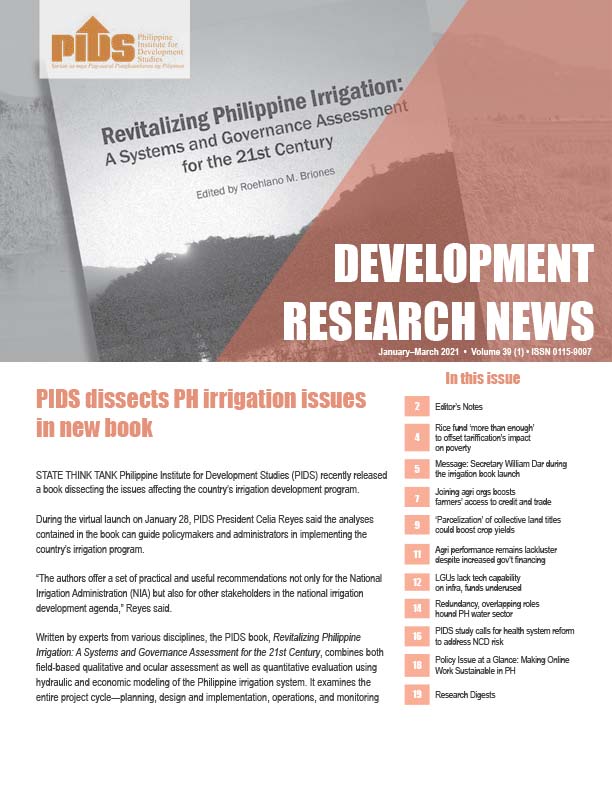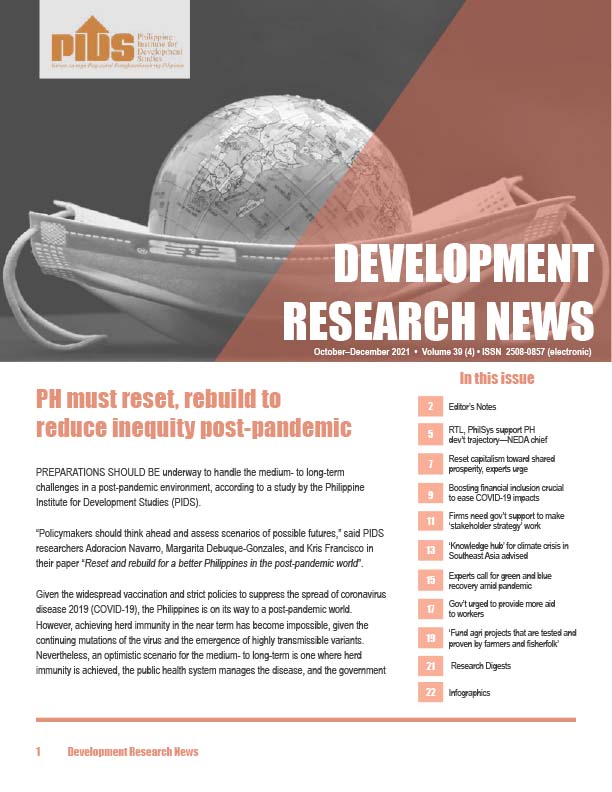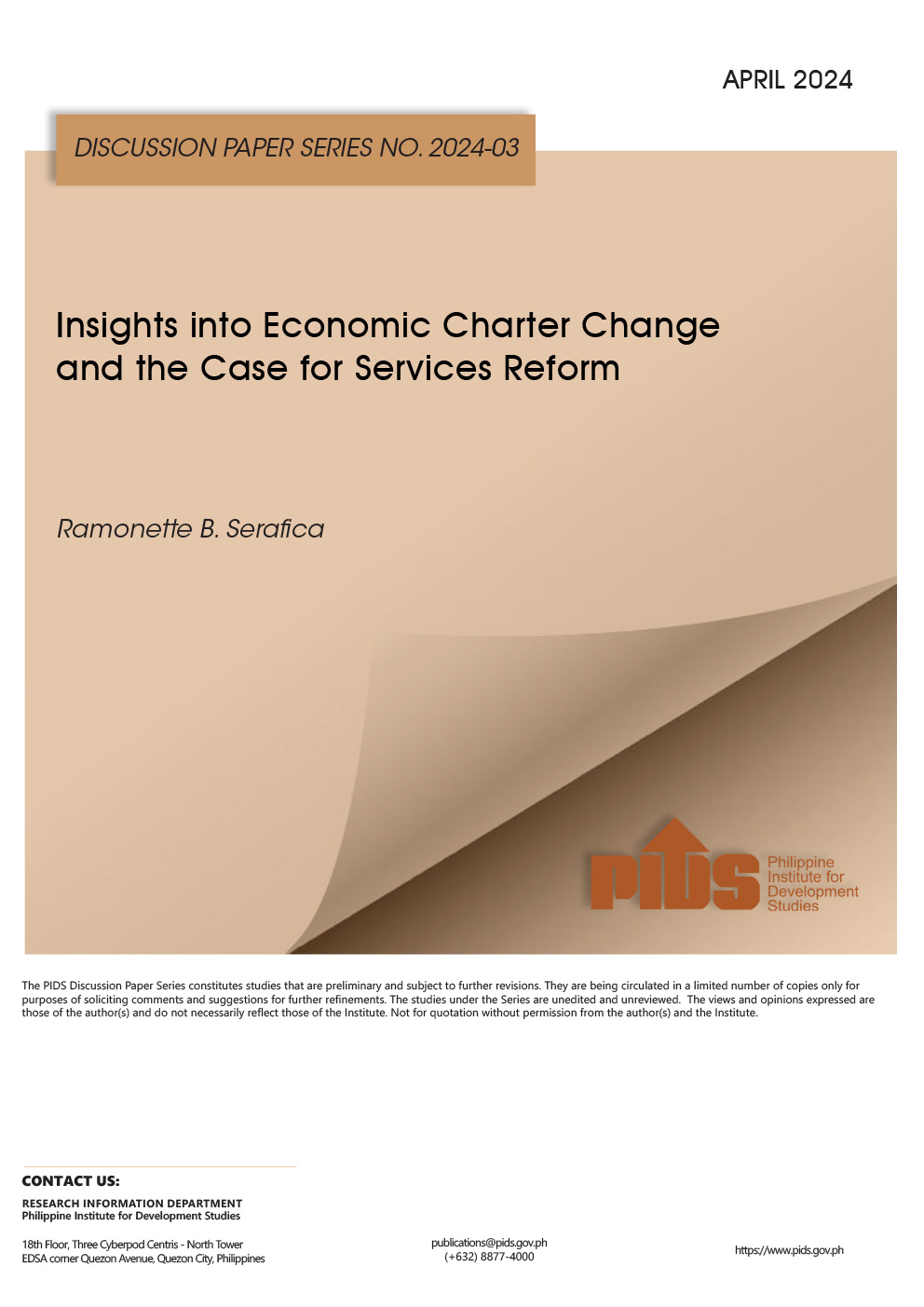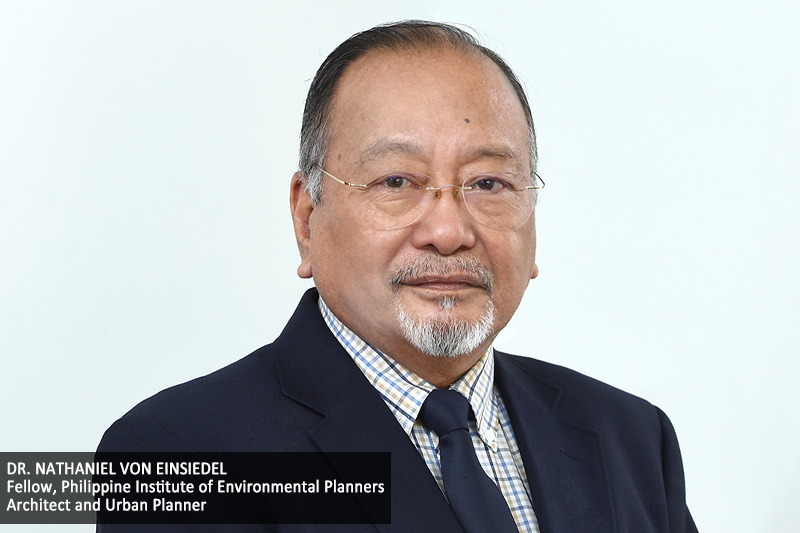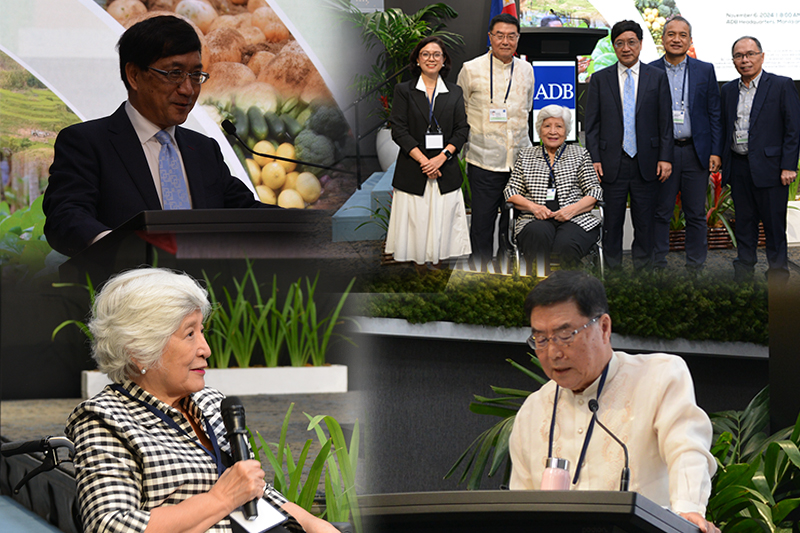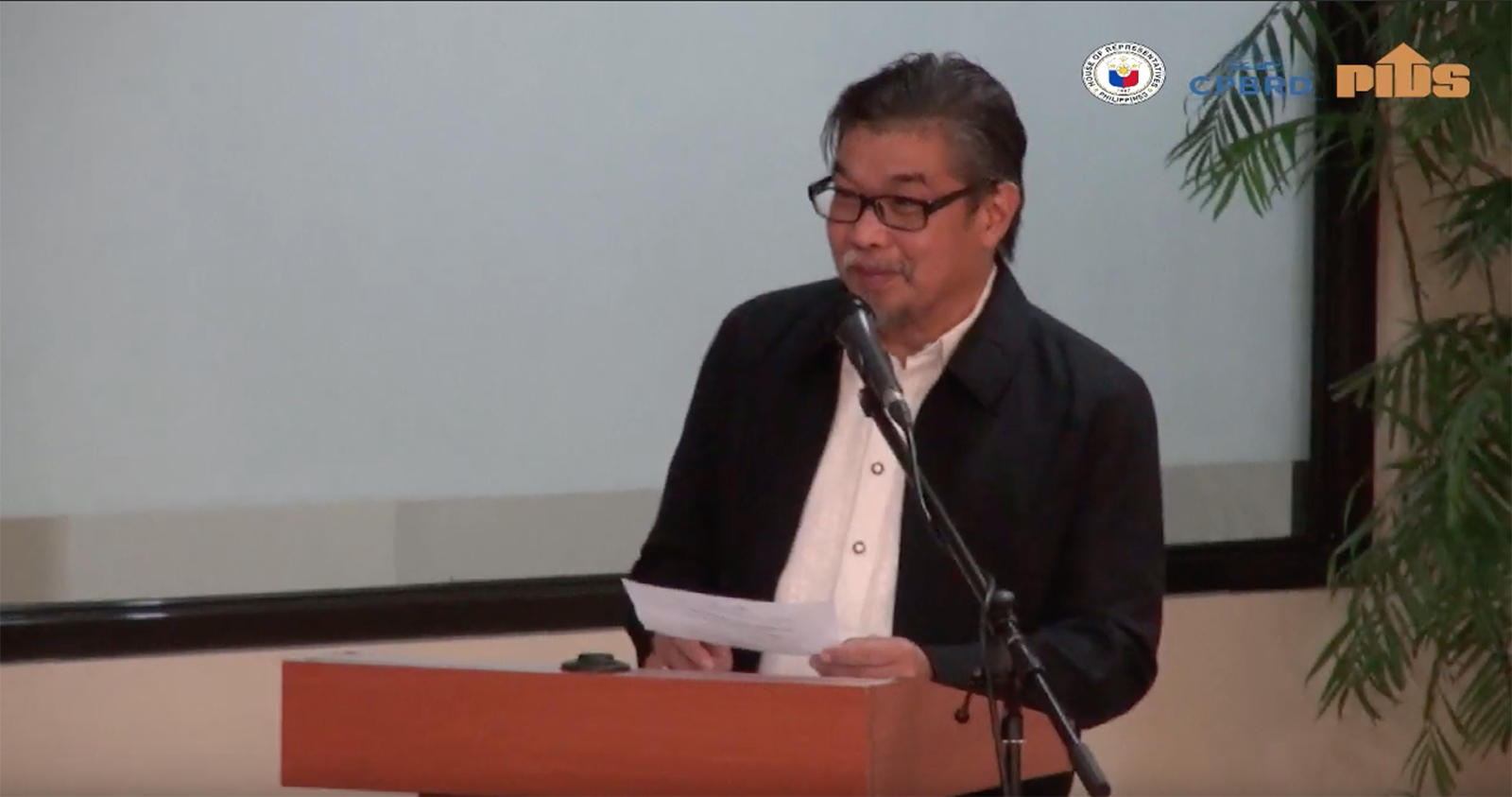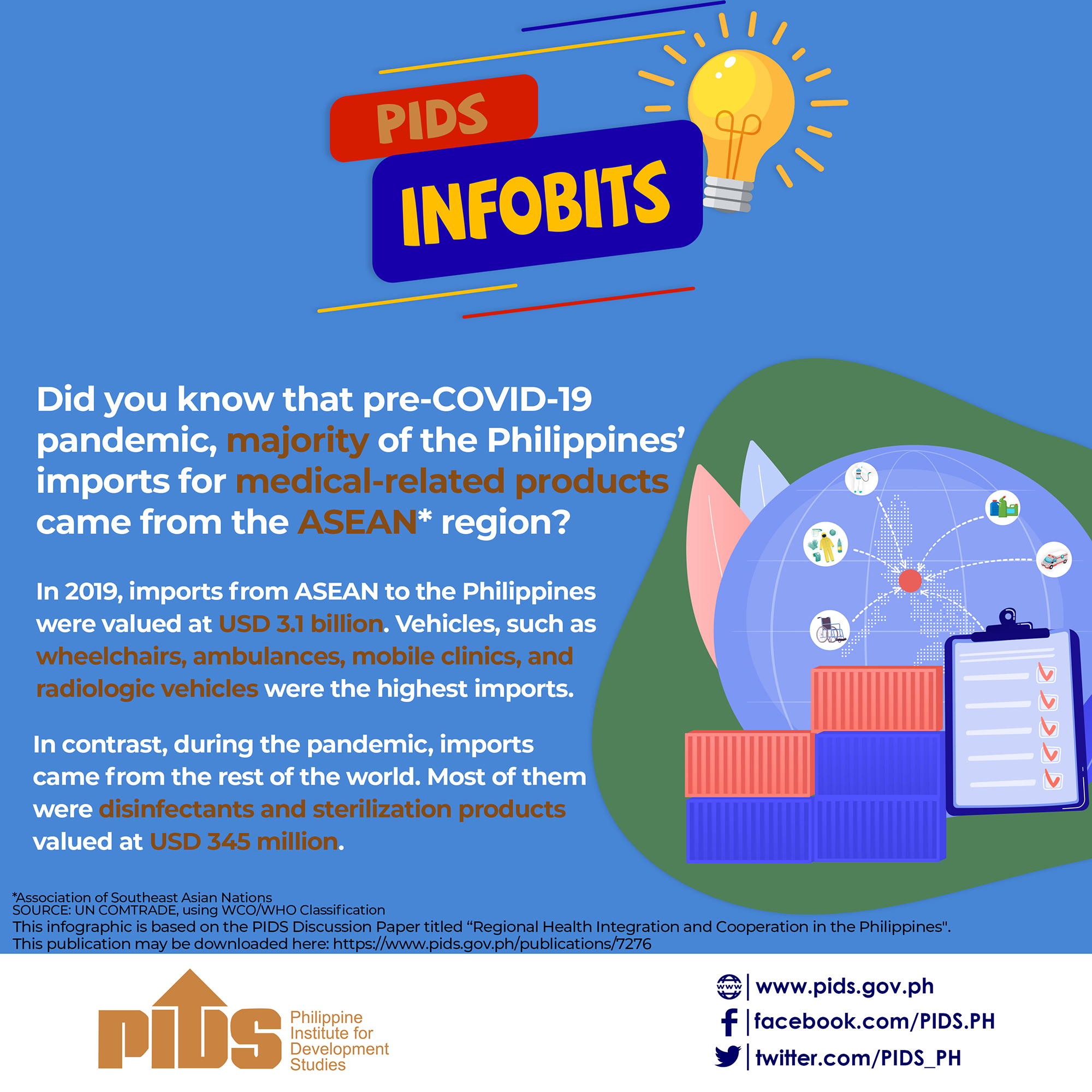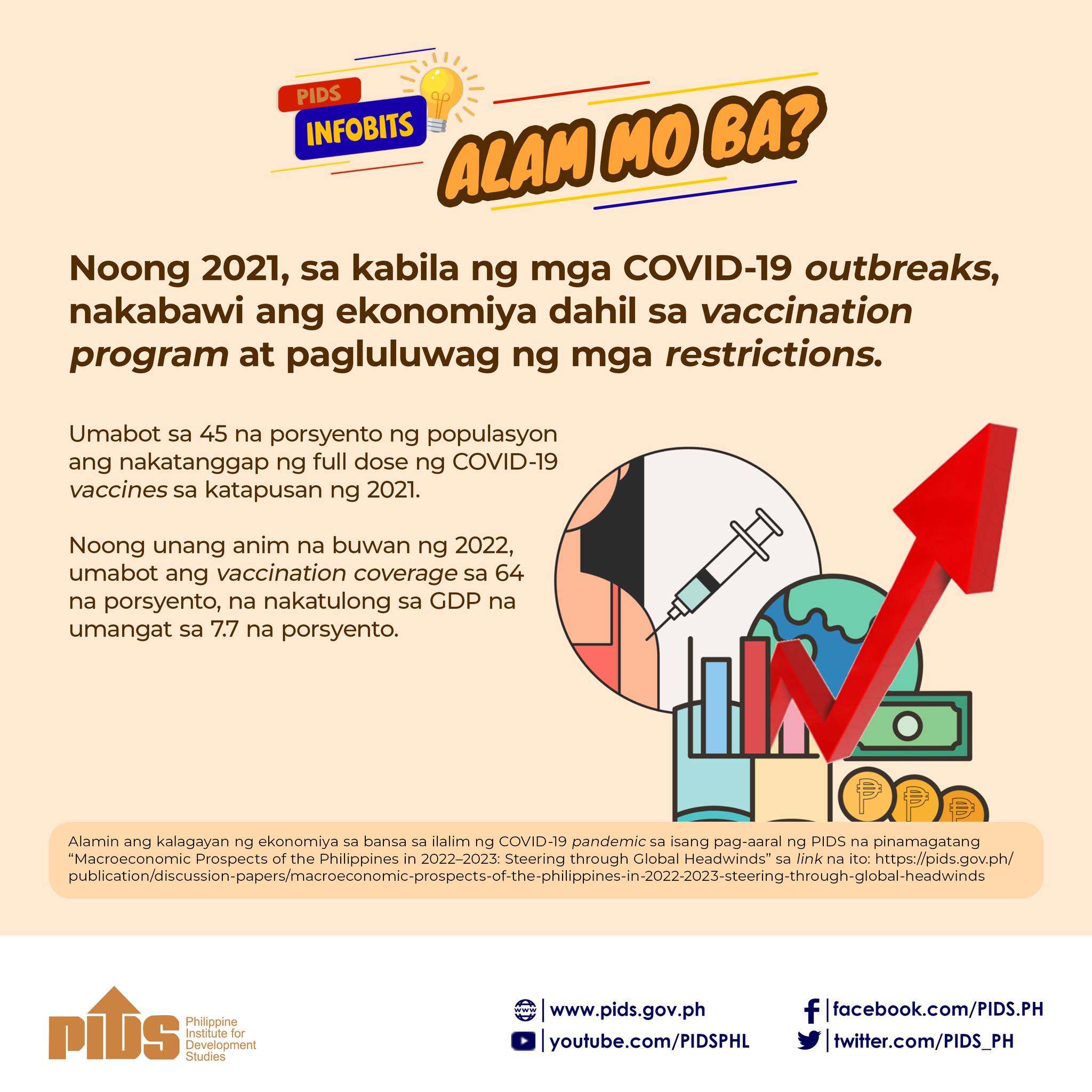The Philippines, one of the biggest rice buyers in the world, doesn’t need quantitative restrictions (QR) set by the World Trade Organization (WTO) in order to boost its rice sufficiency level.
In 2014, the WTO let the Philippines keep the QR on its rice imports.
Under WTO rules, the QR allows the Philippines to limit the volume of rice that may be imported into the country from overseas markets.
The QR, which was extended until 2017, is meant to lessen the pressure among local farmers to compete with subsidized, cheaper imported rice.
But Socioeconomic Planning Secretary Arsenio Balisacan said on Friday that the country’s move to a tariff regime from a highly restricted supply trade will provide a "more transparent” environment for Filipino farmers.
"We can start with the tariff equivalent of the QR to 30 to 40 percent but commit to reduce that over time,” Balisacan said.
"The whole point is even at 30 percent tariff, that’s a much better regime than a QR that makes the trade so unpredictable,” he added.
He pointed out that the good thing about setting a tariff for this particular commodity is that it is more predictable and open.
"Because of the strength of the QR, supply was not coming in… Under the QR regime, the farmers could not import [easily]. They still have to get permission from their agency that implements the QR,” Balisacan said.
"That is very anti-poor,” he added.
In its early policy note, Philippine Institute for Development Studies (PIDS), the research arm of National Economic Development Authority (NEDA), specified that the government "should no longer seek an extension of special treatment.”
"Rather, the country should negotiate a tariff that offers equivalent protection to its producers as well as a schedule of reduction that would eventually improve rice affordability to consumers,” the state-run agency pointed out.
"Our scenario analysis suggests that the gains in terms of affordability to consumers, or losses in terms of reduced prices for producers, are relatively small for plausible adjustments of the tariff rate [e.g., a 15 percentage point reduction]. Hence, the best reason to tariff is improve governance and the investment climate for the rice supply chain,” it added.
Balisacan agreed to this, adding that the country needs reforms in its investment policy, property rights, and new resources to improve productivity.//
Gov’t junks quantitative restrictions for rice imports

